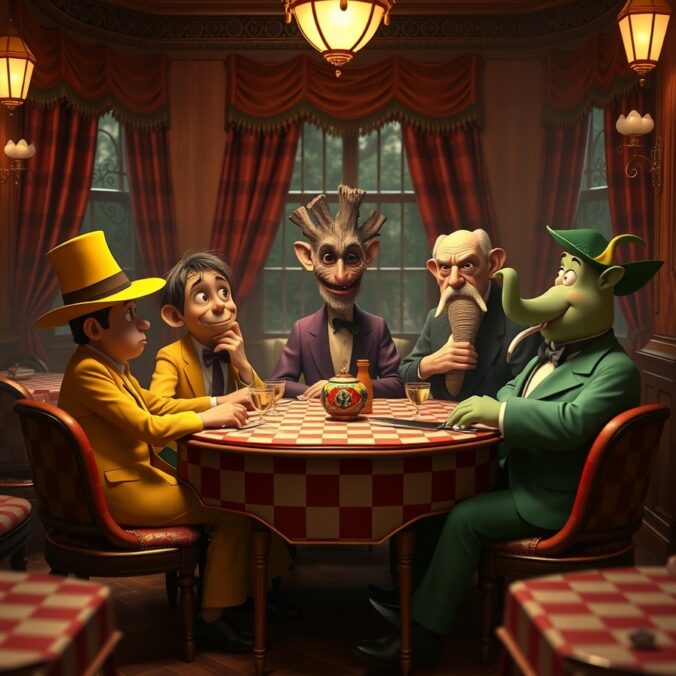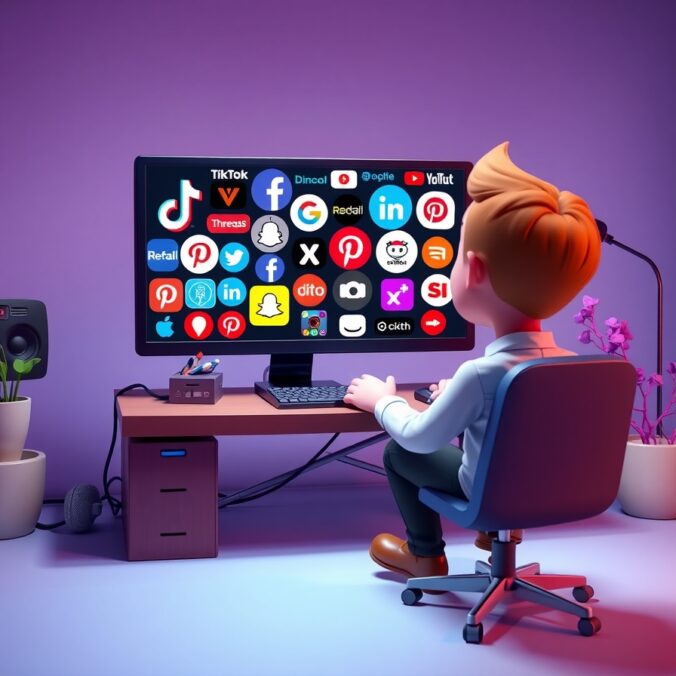What would Dave Niehaus said about this season? We can only imagine it might have sounded something like this.
Read more: Dave Niehaus on the Magic of the 2025 Mariners SeasonMy, oh my!
You could feel it from Opening Day. The hum in the rafters, the crackle in the air, the smell of garlic fries wafting down from the left field stands. This 2025 Mariners team, this band of young guns and seasoned pros, had that twinkle in their eye from the very first pitch.
Julio. That kid… he’s not a kid anymore, but still, he’s got that spark, that Griffey glint in his swing. The way he danced around the basepaths, juking catchers and juking fate. He didn’t just play baseball—he told stories with that bat.
And let’s not forget the big fellas on the mound. Woo< Castillo, Kirby, Gilbert. One, two, three, four – punch, punch, punch, punch – mowing down lineups like wheat in Wenatchee. Each game they pitched, it was like poetry painted with four-seamers and sliders. If the batter blinked, it was already too late.
Then you had Cal’s 60 dingers. Julio tracking down everything in his no-fly zone. But the soul of this team wasn’t just in the stars. It was in the grind. Jorge Polanco with improbable hits. Naylor stealing bases like he was Rickey Henderson. The whole damn dugout charging the field like a Little League team that just won State.
And the fans, oh, the fans. From Pioneer Square to the upper deck of Section 341, Seattle came out in droves, draped in teal and belief. They sang. They cheered. They danced to the Hydro races. They believed.
It wasn’t about stats, no sir. It was about magic. That 11-game winning streak in June. The come-from-behind thumper in Houston. The walk-off grand salami against the Yankees. Each game felt like an extra scoop of Tillamook, like a fourth firework on the Fourth of July.
And when they clinched the division! That moment, folks! I swear the sky over T-Mobile lit up with stars that hadn’t twinkled in 25 years. People hugged strangers. Kids stayed up late. The ghost of 1995 exhaled.
This was not just a baseball season. It was a revival. And if you ask me, this team didn’t just bring Seattle back to baseball. They brought baseball back to Seattle.
Now grab your rally garlic fries, Mariners fans. We’re just getting started.







